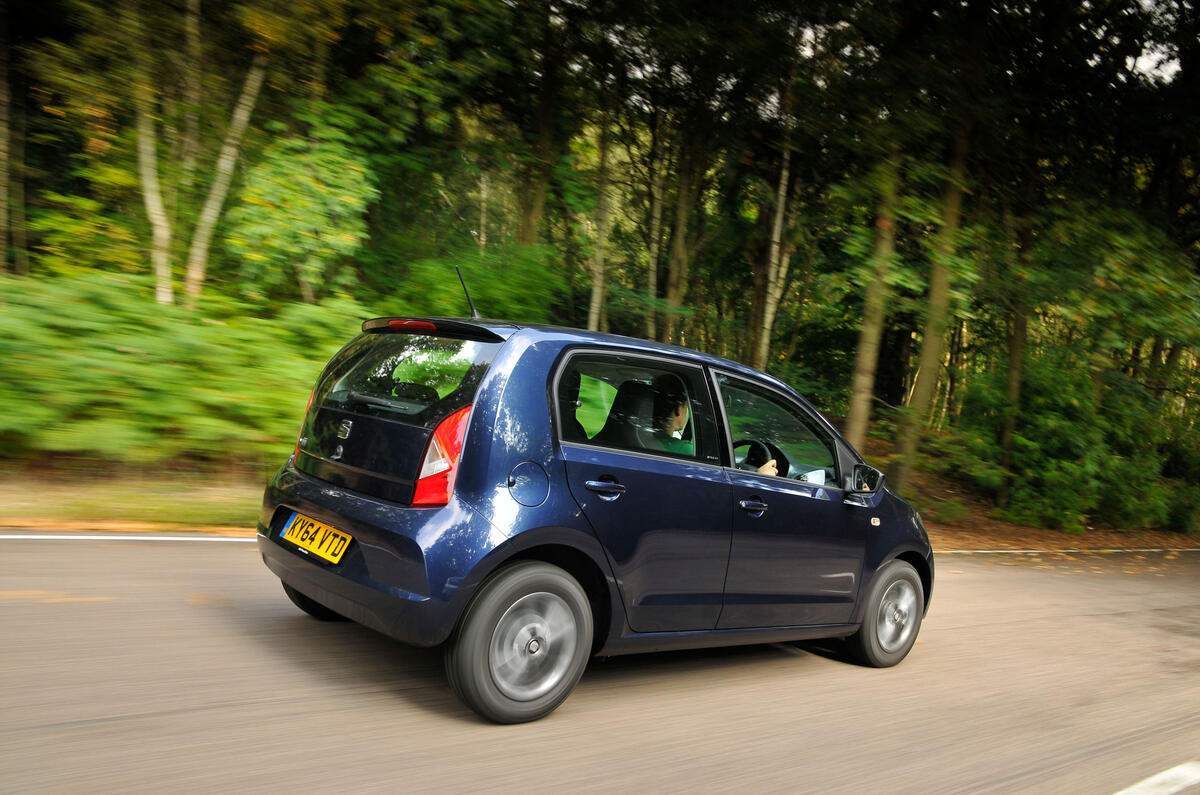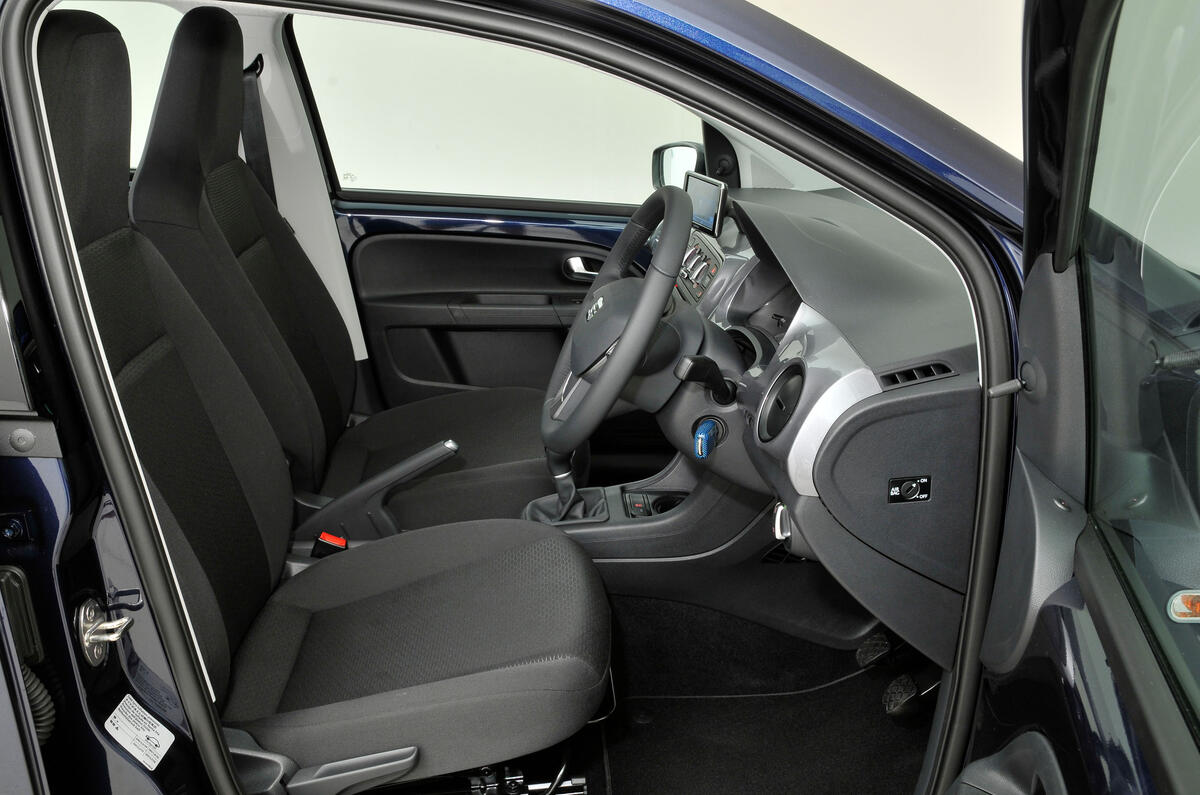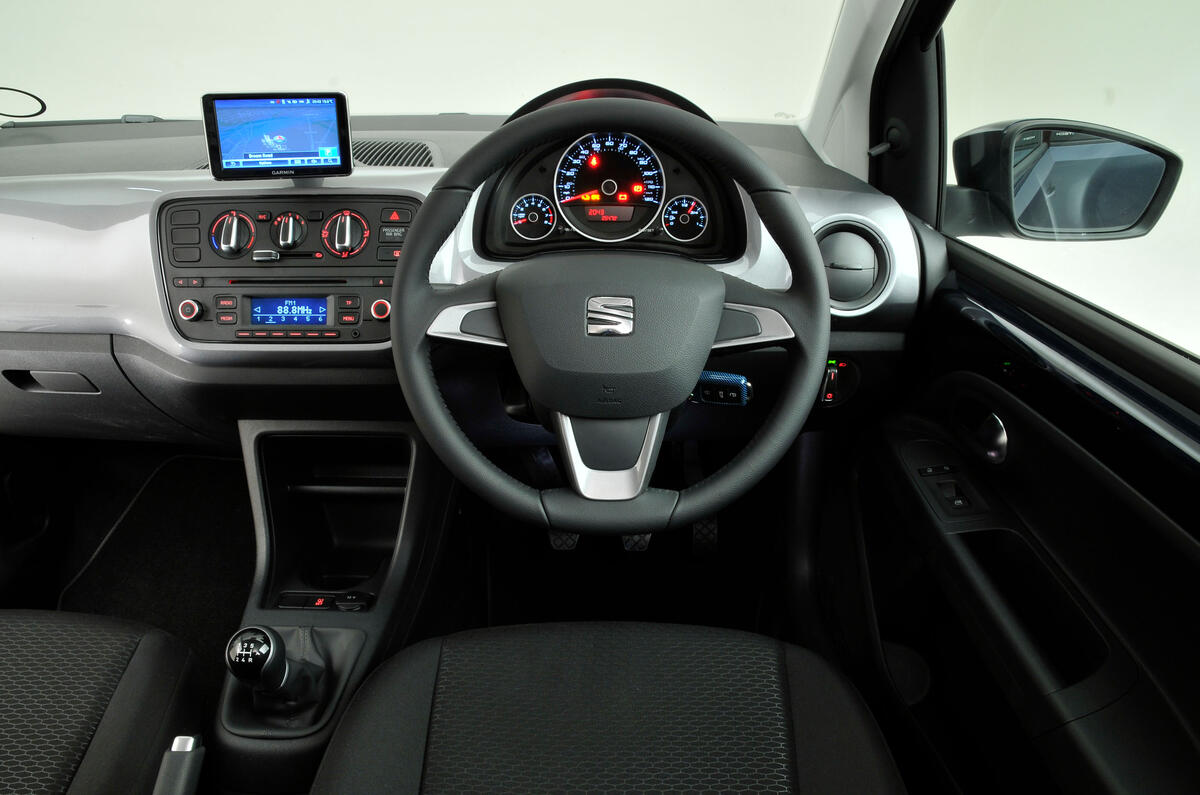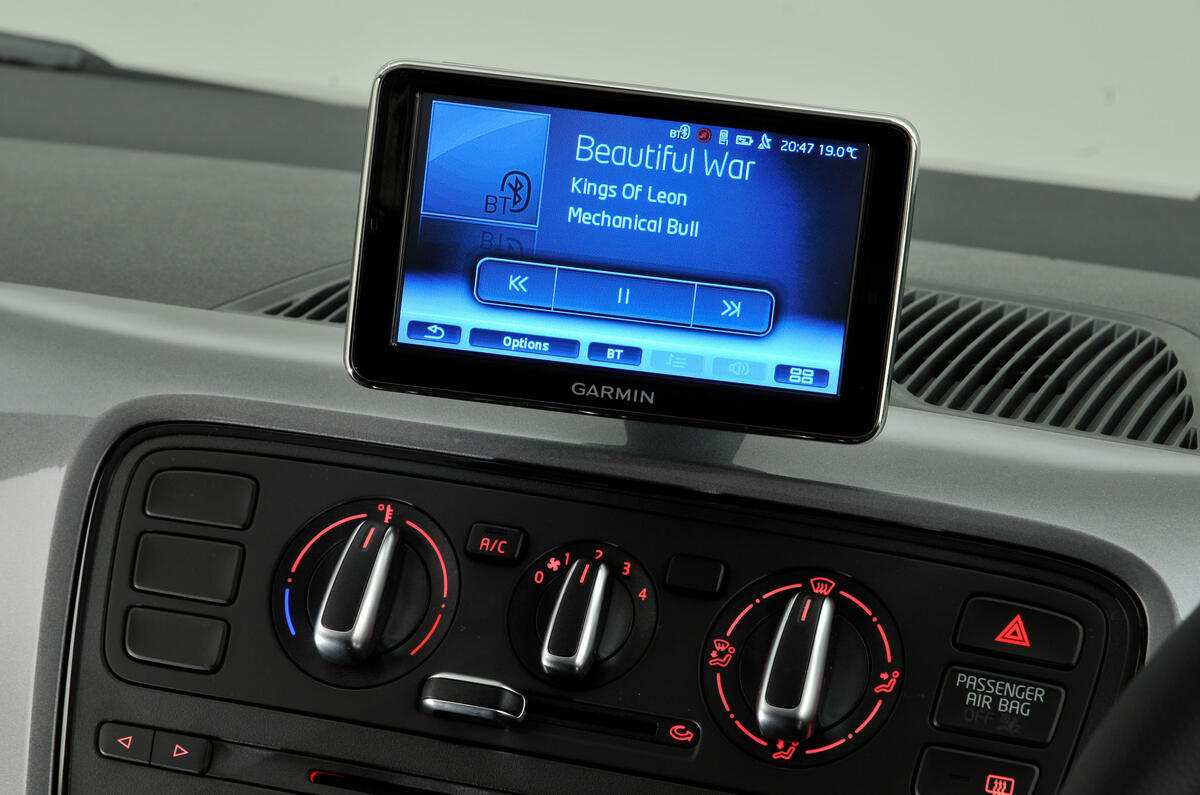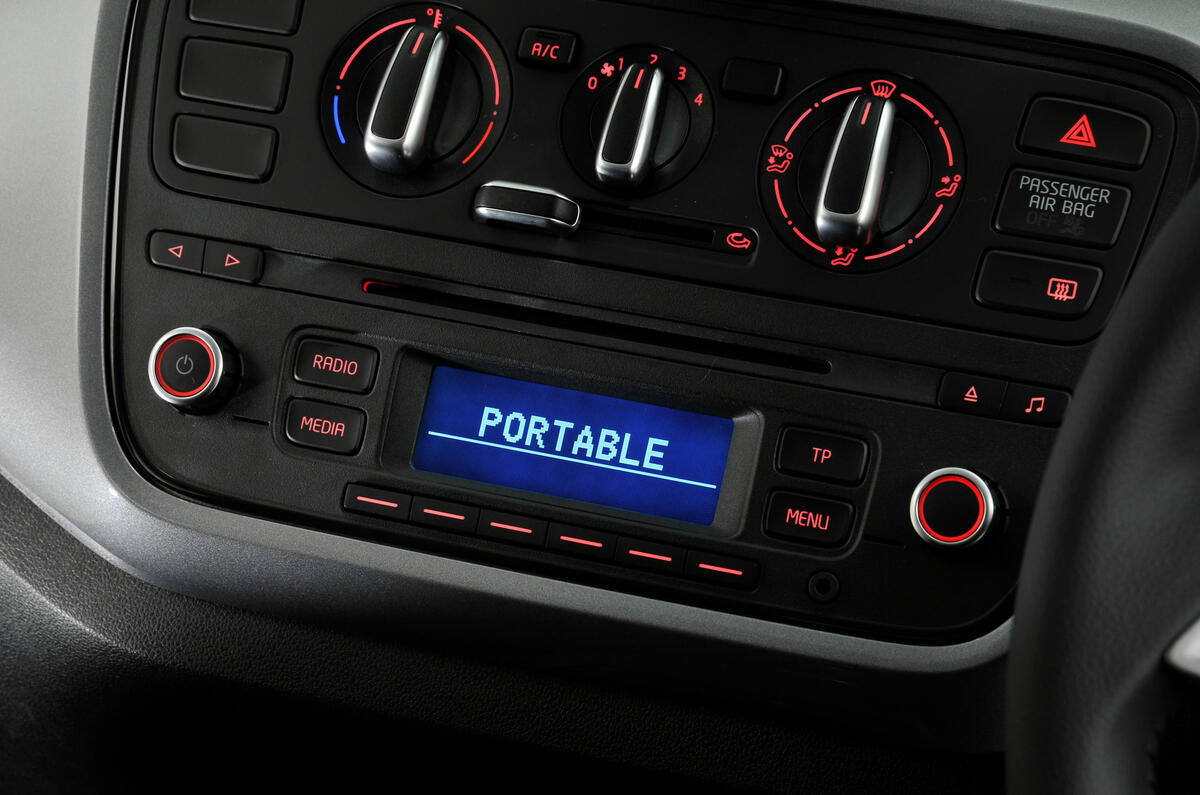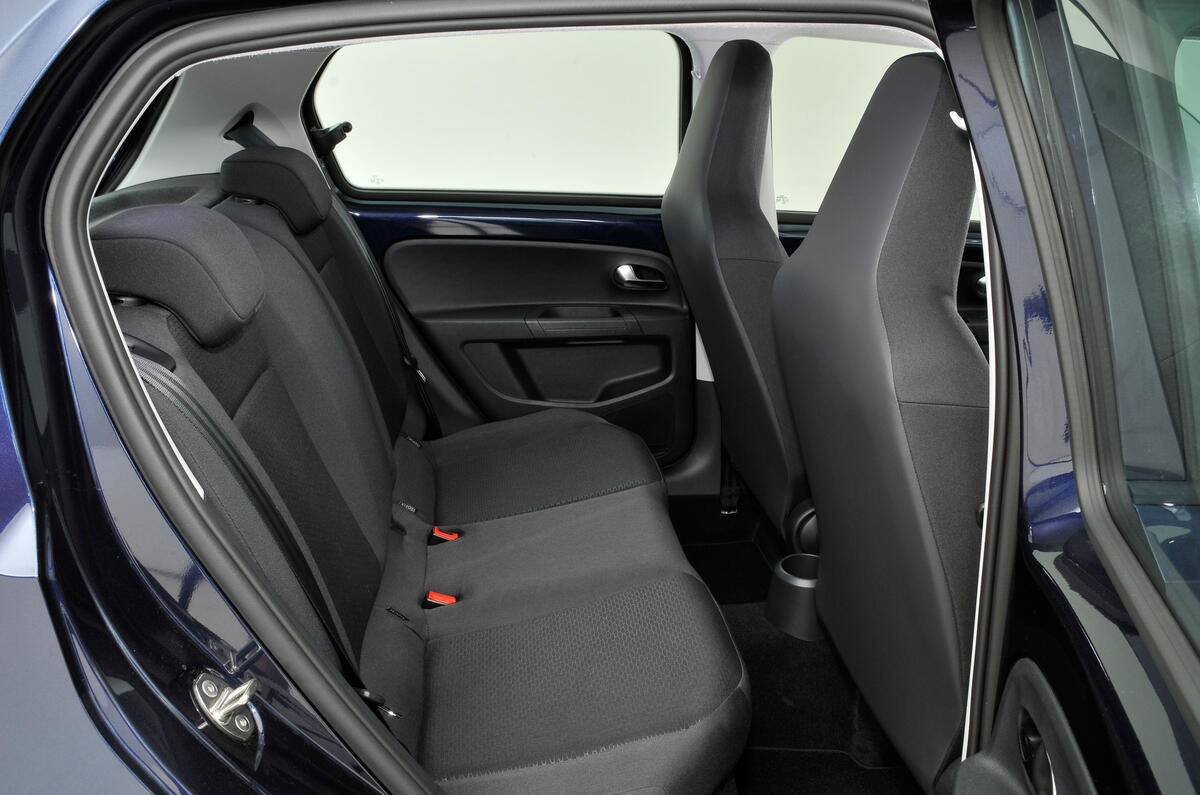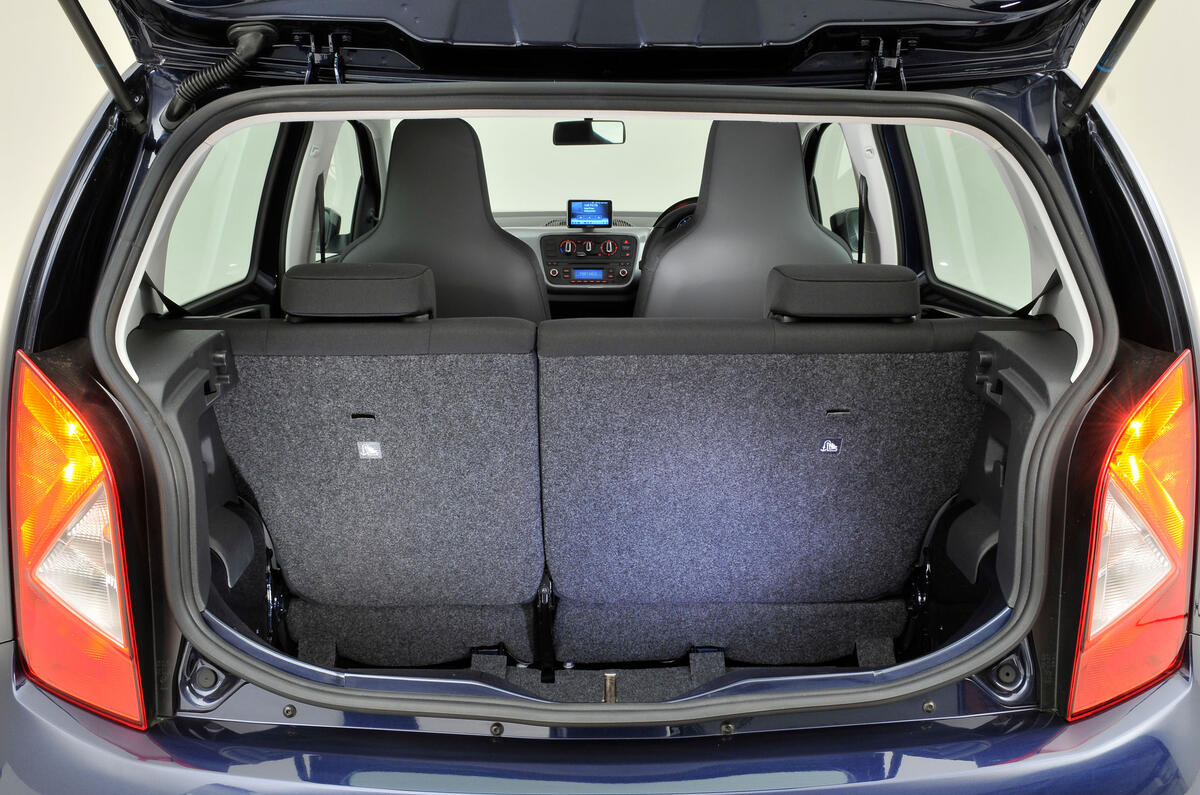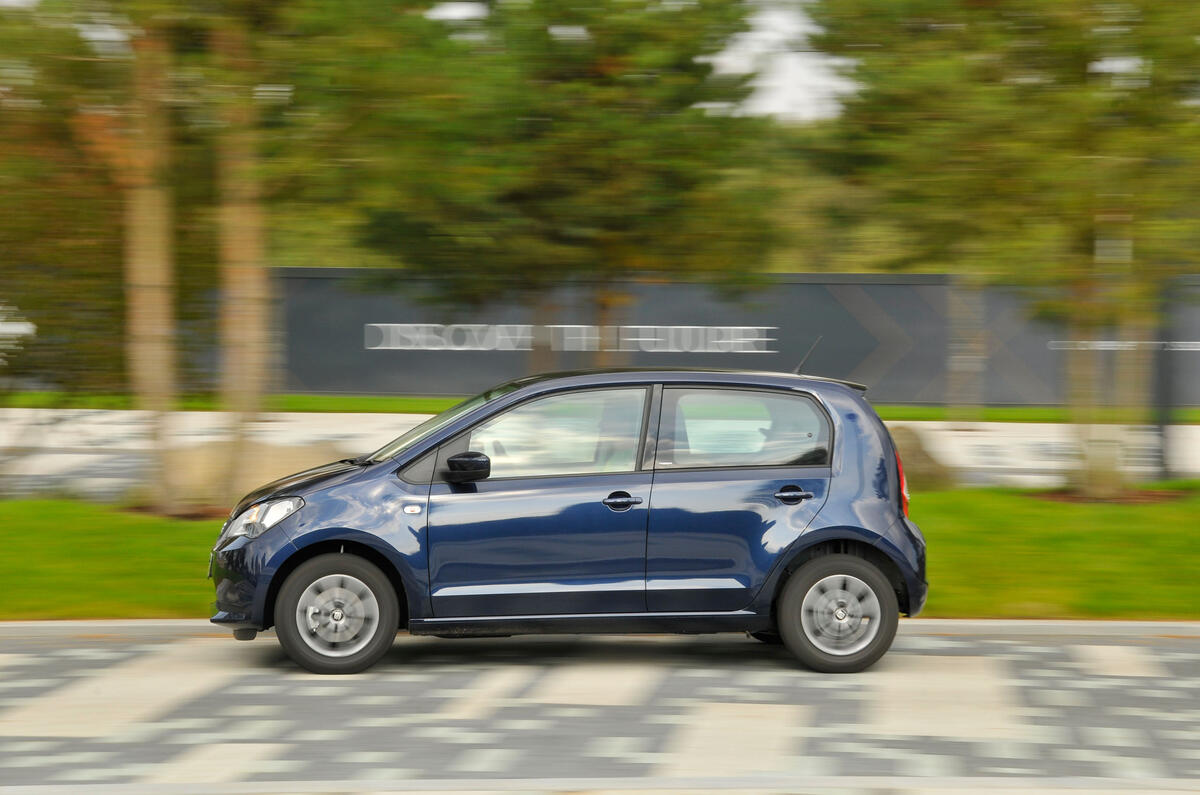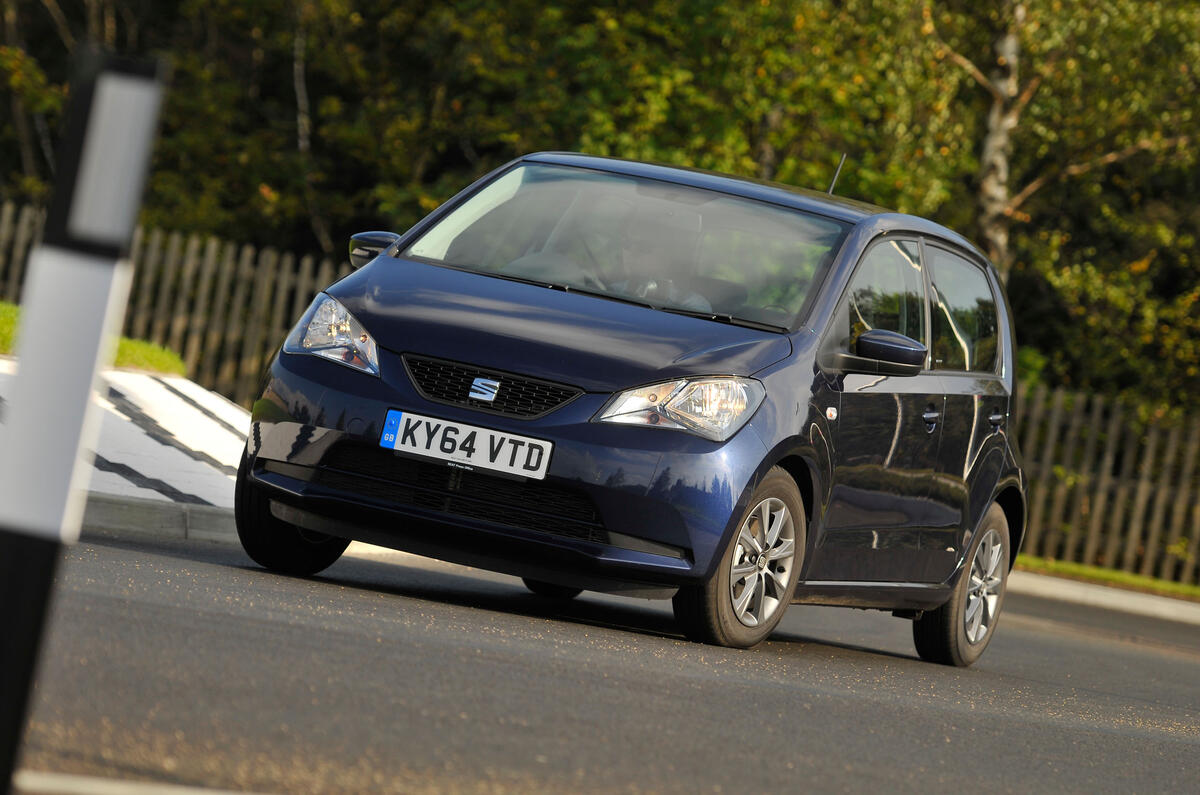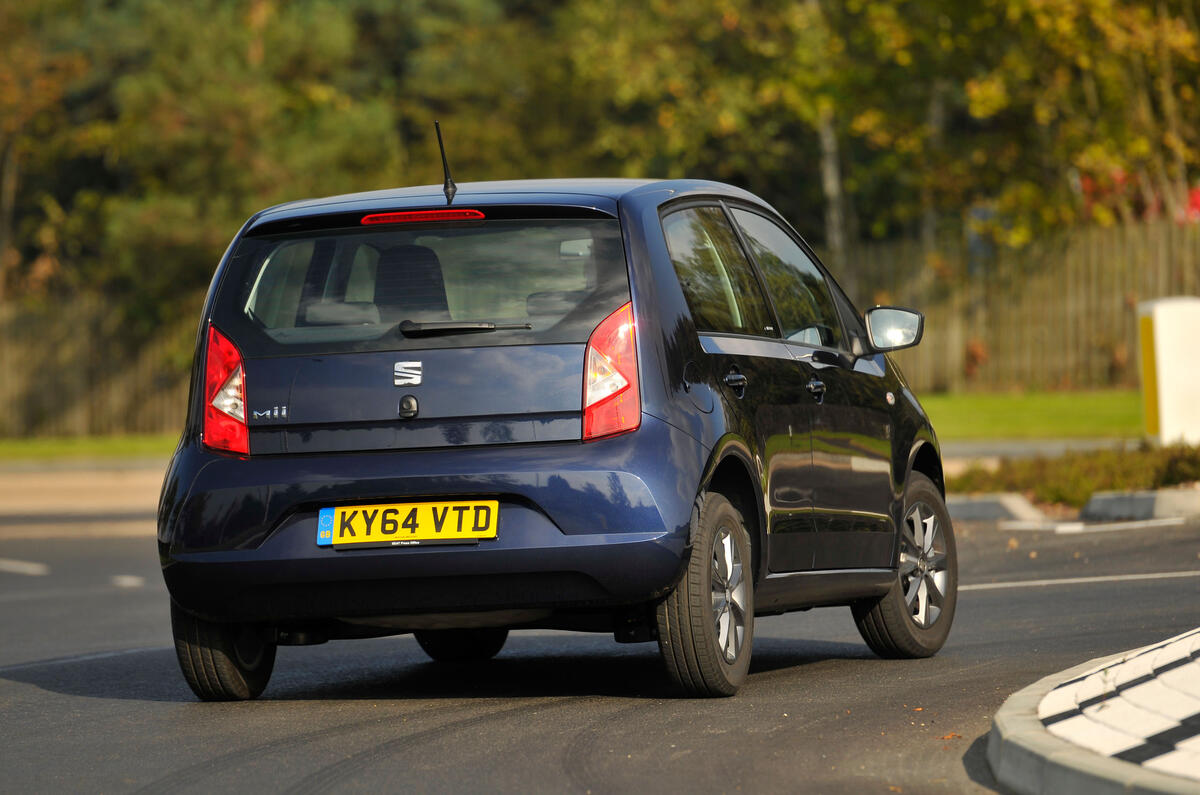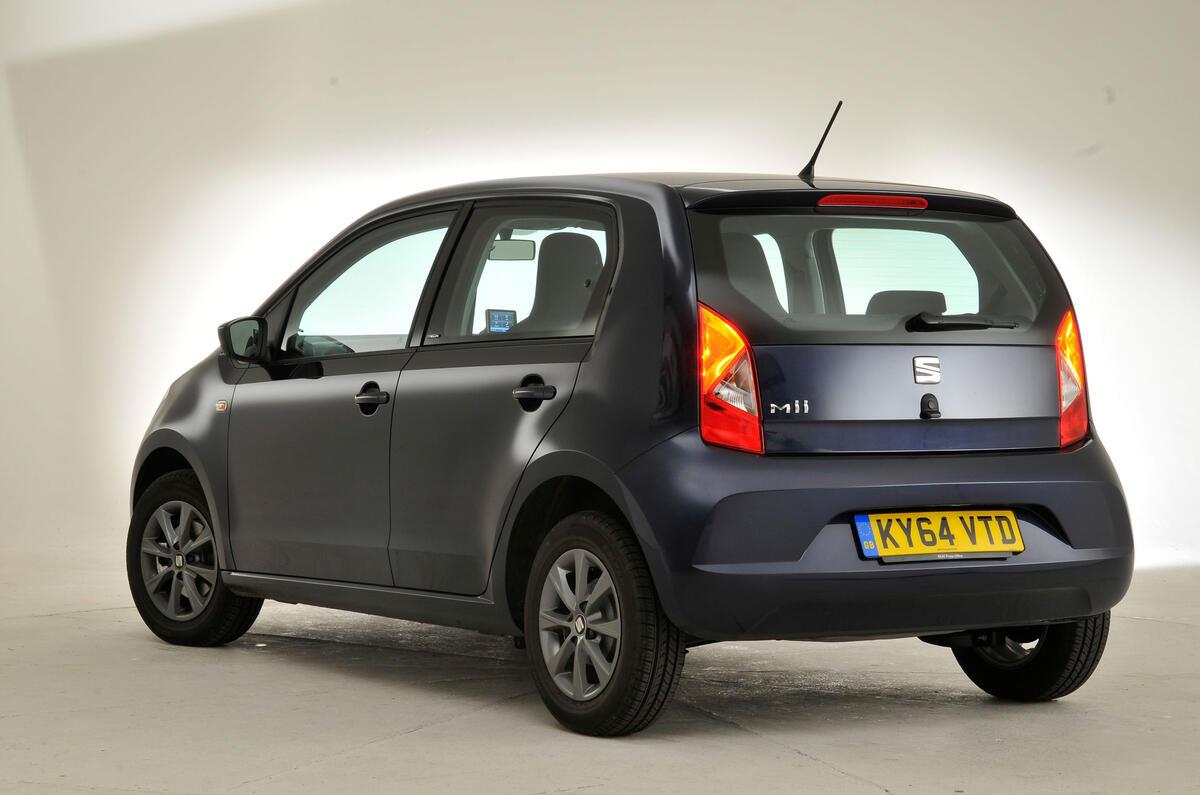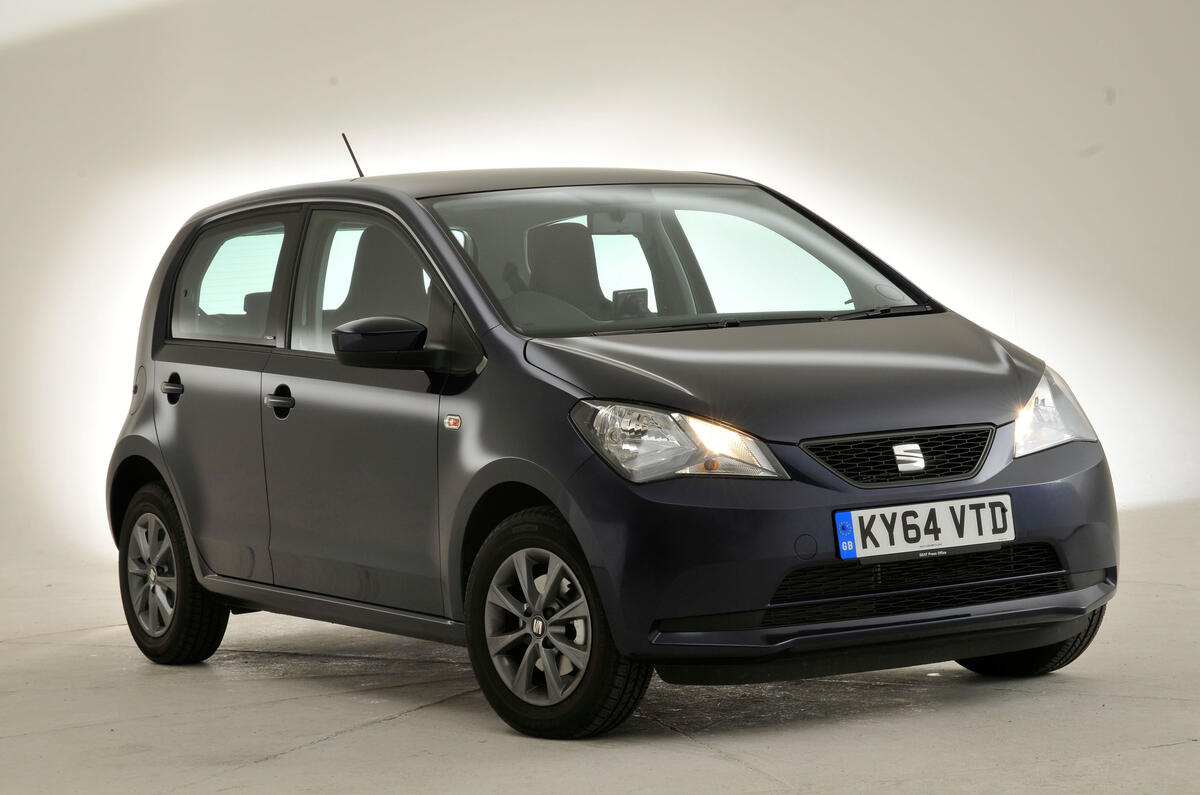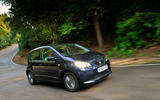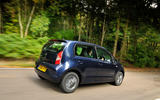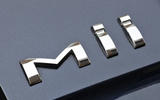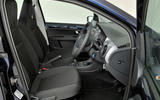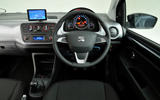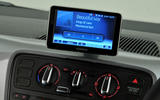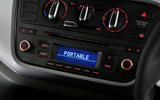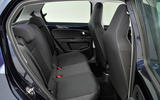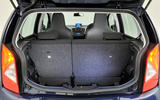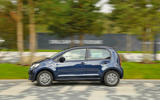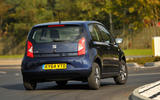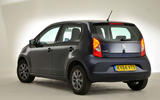If you think you’ve seen the Seat Mii somewhere before, don’t be too alarmed.
And if you haven’t, the sight of this compact three-door city car (it is also available in five-door form too), or one or two suspiciously similar-looking vehicles, is becoming an increasingly common one.
The Mii, if you haven’t heard, is Seat’s version of the Volkswagen Up, which is also available as the Skoda Citigo. And separating the three at a glance isn’t exactly easy. All three have the same dimensions, the same engine options and the same mechanical configurations.
The distinguishing features only become apparent under detailed examination, as all have their own front-end designs, chiefly taking in the grille and headlamps, while the Up also has a neatly distinctive upswept rear window line.
The Mii takes Seat back to the happy hunting ground of city cars in which it previously fared well with the Arosa. Seat UK sold 19,500 of that car between 1997 and 2005, and reckons its latest value offering will fare equally well.
Seat offers four trim levels and three equipment packages - SE, Design Mii, FR-Line and Mii by Cosmopolitan. The entry-level SE Miis come with air conditioning, an USB port, speed sensitive power steering and hill hold assist as standard, while upgrading to Design Mii adds 14in alloy wheels, LED day-running-lights, electric front windows, Bluetooth connectivity and TomTom-powered sat nav.



